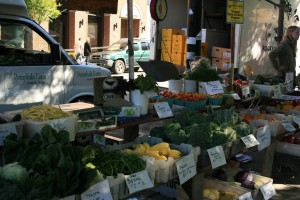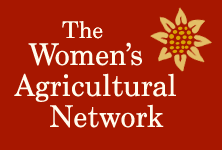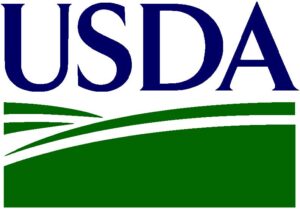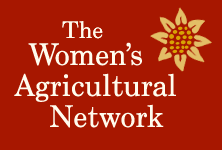Many of us have had times in our lives when resources were a little thin. Whether this led to stress about putting food on the table likely depended on many things, including the presence or absence of a support system of family and friends. In today’s difficult economic times, family financial struggles abound. Depending on where a person lives, household food insecurity may or may not coincide with limited access to healthy, affordable foods at the community level.
I’ve personally come to better understand that our food system, in this country and across the world, was not built on principles of equity and fairness that allowed equal access for all, to either the opportunity to produce food, or the ability to gain access to it for consumption. As a nation, we have never turned this around. Placing food access issues front and center will hopefully help lead us towards a Vermont food system that is more just.
I recently worked with two graduate students on a research project designed to learn how Vermont food systems’ leaders understand food access and food insecurity, and to try and generate some fresh ideas about ways to tackle the problem using a food systems approach. Towards this end, six focus groups were conducted with members of Vermont’s Farm to Plate working groups, as well as the Farm to Plate “Food Access Cross-Cutting Team.” A total of 37 food systems leaders participated in the focus groups that were held during the past year.
Through this work it became clear that Vermonters hold a range of views about the definitions and causes of food insecurity. While some food leaders identify societal or systems-based issues as being at the root of food insecurity or lack of food access, others are more likely to consider individual or household factors such as lack of education, skills, or motivation. When asked who in their communities are hungry, the long list of possibilities included children, older adults, single parents, homeless families, working families, neighbors without jobs, immigrants, and on and on. Ironically, those working in food-related jobs were also on the list.
Farm-to-Plate leaders have made a commitment to integrate food access issues into the network in new and deeper ways. At UVM, we will also continue efforts to identify positive strategies for moving forward. Future pursuits will focus on Vermonter’s perceptions about the human “right to food,” development of a common definition of food access, and development of measures that better assess food insecurity and lack of food access for Vermonters. I, for one, am looking forward to Vermont leading the way in developing a just food system for all!







